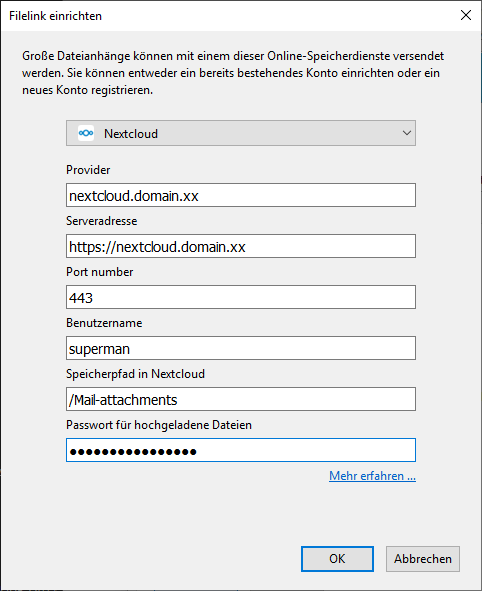

With its ability to read, modify, and manipulate the image, video, audio, and PDF metadata, ExifTool is an invaluable asset for any digital media workflow. If you’re looking for a powerful, open-source metadata tool that can work on Windows, macOS, and Unix systems, ExifTool is worth checking out.

This command should be run often to keep your system from getting too bloated. The above command will automatically remove any unused dependencies installed from ExifTool and other leftovers from previous removals. Use the following command for users who no longer require ExifTool on their system and wish to remove it. ExifTool can read and manipulate just about any EXIF information, including extracting the Date/Time Original or. sudo apt upgrade & sudo apt upgrade How to Remove (Uninstall) ExifTool Ideally, the terminal update command should be used even with auto-updates in your desktop GUI to ensure everything is updating correctly. The output HTML files are written to the C directory (created if it didn’t exist), with names of the form “FILENAME_EXT.html.” How to Update ExifToolĭepending on the method of installation used, the following commands can be used to update the software and any system package. A special 'SourceFile' column specifies the files associated with each row of information (a SourceFile of '' may be used to apply the information to all target images). Generate HTML pages from a hex dump of EXIF information in all images from the C directory. The first row of the CSVFILE must be the ExifTool tag names (with optional group names) for each column of the file, and values must be separated by commas. sudo apt update & sudo apt upgrade Install ExifTool

You can choose to disable this in Android and iPhones. Most cell phones, of course, have a GPS, and often will geotag by default. Many images do not have GPS entries in their metadata - for example, if you take a picture with a camera that doesn't have GPS, it won't store it - here's a list of cameras that do have GPS. For example, the identify tool from ImageMagic will also do it: $ identify -verbose 23.jpg | grep GPSĪnd GUI tools can often do so as well - here's Image Viewer from Ubuntu 18: You can also use exiftool to strip the GPS information out of an existing image: $ exiftool -gps:all= 23.jpgĪny tool that can look at image metadata can look at this information. If the location was stored when the image was taken (usually called ' geotagging'), you can find it there: $ exiftool 23.jpg | grep GPS Exiftool can be used to print out the metadata of the image.


 0 kommentar(er)
0 kommentar(er)
